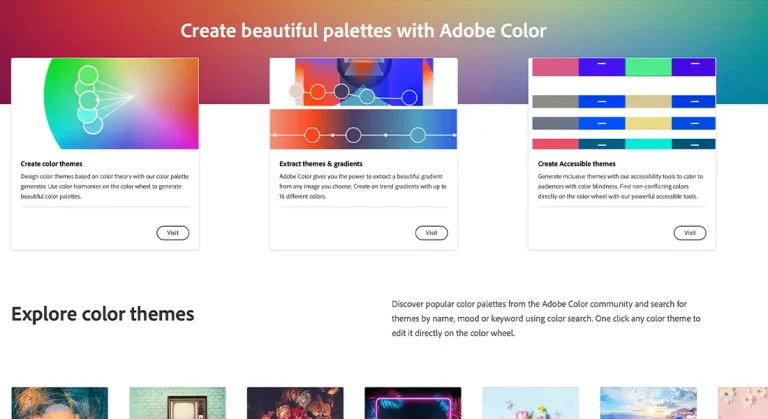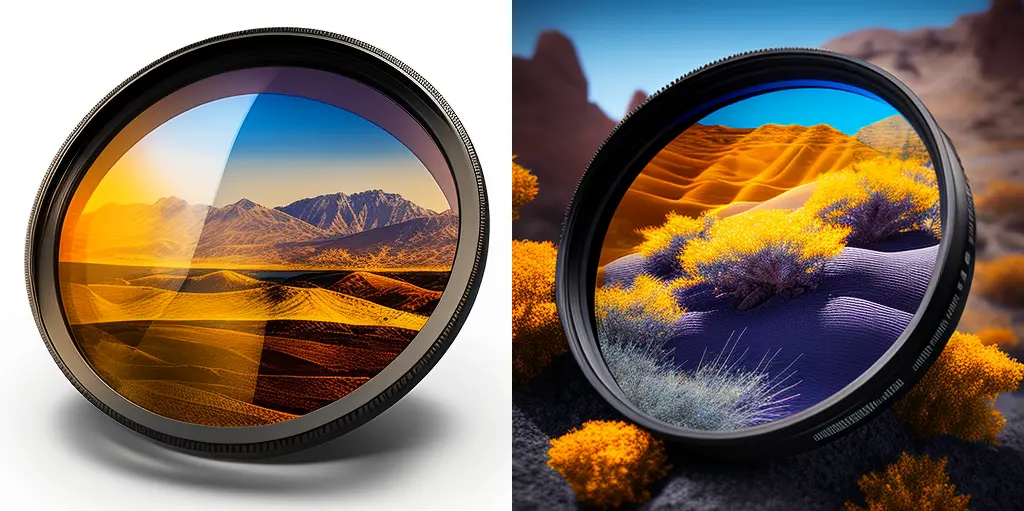
As a photographer, I’m always on the lookout for ways to improve my images and protect my equipment. One accessory that I’ve found to be indispensable in my photography journey is the UV protection lens filter. These seemingly simple pieces of glass can make a significant difference in the quality of your images, and they also serve as a protective barrier for your precious lenses.
In this comprehensive guide, I’ll delve into the world of UV protection lens filters and explain their importance in modern photography. We’ll explore the science behind these filters, their benefits, and how they can enhance your product photography. Additionally, I’ll provide tips on choosing the right filter for your camera and share some practical advice on using and maintaining them.
So, whether you’re a seasoned professional or just starting in the world of photography, this blog post is for you. Let’s embark on this journey together and discover how UV protection lens filters can elevate your photography game!
More articles: Anamorphic Lenses explained
Importance of UV protection lens filters in photography
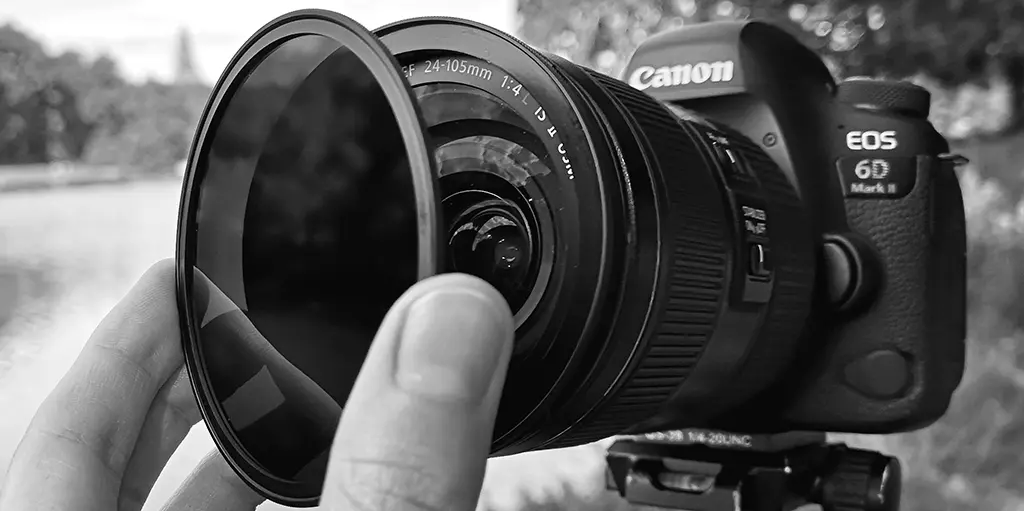
The importance of UV protection lens filters in photography cannot be overstated. These filters serve multiple purposes that help photographers achieve better image quality and protect their gear. Here’s why UV protection lens filters are essential in photography:
- Improved image quality: Ultraviolet (UV) radiation from the sun can have a negative impact on the quality of your photographs. It can cause haze and a bluish cast in your images, particularly in landscape and outdoor photography. By absorbing or blocking UV light, a UV protection lens filter can effectively reduce haze and improve the overall clarity, contrast, and color saturation in your photos.
- Lens protection: A UV filter serves as a protective barrier for your camera lens. It shields the front element of your lens from dust, dirt, scratches, and other potential damages. Since the filter is much more affordable than a camera lens, it’s a cost-effective way to keep your gear safe, especially when shooting in harsh environments.
- Minimal impact on exposure: Unlike other types of filters, such as neutral density (ND) or polarizing filters, UV protection lens filters have minimal to no impact on the exposure settings of your camera. This means you can use them without having to adjust your shutter speed, aperture, or ISO settings, making them a convenient and hassle-free addition to your camera setup.
- Universality and compatibility: UV protection lens filters are available in various sizes and designs to fit a wide range of camera lenses. They are compatible with both film and digital cameras, making them a versatile accessory for photographers across different genres and experience levels.
- Preserving image quality in film photography: For photographers who still shoot with film cameras, UV filters are even more critical. Film is more sensitive to UV light than digital sensors, making it susceptible to the negative effects of UV radiation. Using a UV protection lens filter can help preserve image quality and prevent color shifts in film photography.
More articles: 10 Best External Camera Screens in 2023
UV protection lens filters play a crucial role in enhancing image quality and safeguarding your camera lenses. They are a must-have accessory for photographers who strive for the best results in their work, regardless of their experience level or preferred genre.
The Science Behind UV Protection Lens Filters

What is UV radiation?
Ultraviolet (UV) radiation is a form of electromagnetic radiation that lies beyond the visible spectrum of light. It has shorter wavelengths than visible light, ranging from 10 to 400 nanometers. UV radiation is present in sunlight and is categorized into three types: UVA (320-400 nm), UVB (280-320 nm), and UVC (100-280 nm). While UVC is absorbed by the Earth’s atmosphere, UVA and UVB radiation can reach the ground and have various effects on our environment, including photographic images.
More articles: 15 Powerful Photography Composition Techniques
How UV radiation affects photographic images
UV radiation can negatively impact the quality of your photographs in several ways:
- Haze: The shorter wavelengths of UV light scatter more easily than visible light. When UV radiation interacts with particles in the atmosphere, such as dust or water vapor, it can cause haze in your images. Haze can reduce the overall contrast and sharpness of a photograph, particularly in landscape and outdoor shots.
- Bluish cast: UV radiation can also introduce a bluish cast to your images. This is because the UV light is more prevalent at the blue end of the visible spectrum, and some camera sensors or film can be sensitive to this type of light. The bluish cast can make your photos appear less natural and less vibrant.
- Reduced contrast and color saturation: The presence of haze and the bluish cast caused by UV radiation can lead to decreased contrast and color saturation in your photos. This can result in dull, flat images that lack depth and visual interest.
How UV filters work to counteract these effects
UV protection lens filters are designed to counteract the negative effects of UV radiation on photographic images. They work by absorbing or reflecting the UV light before it reaches your camera’s sensor or film. Here’s how UV filters help improve your images:
- Reducing haze: By blocking or absorbing UV radiation, UV filters minimize the scattering of light caused by atmospheric particles. This helps to reduce haze and improve the overall clarity and sharpness of your images, particularly in outdoor and landscape photography.
- Eliminating bluish cast: UV filters prevent the UV light responsible for the bluish cast from reaching your camera’s sensor or film. This helps to maintain the natural colors in your images and avoid any unnatural color shifts.
- Enhancing contrast and color saturation: By reducing haze and eliminating the bluish cast, UV filters help to improve the overall contrast and color saturation of your photos. This results in more vibrant, dynamic images with better depth and visual appeal.
UV protection lens filters counteract the adverse effects of UV radiation on photographic images by blocking or absorbing the harmful UV light. This leads to improved image quality, with increased clarity, contrast, and color saturation.
More articles: Best Travel Camera Bags in 2023
Benefits of Using UV Protection Lens Filters
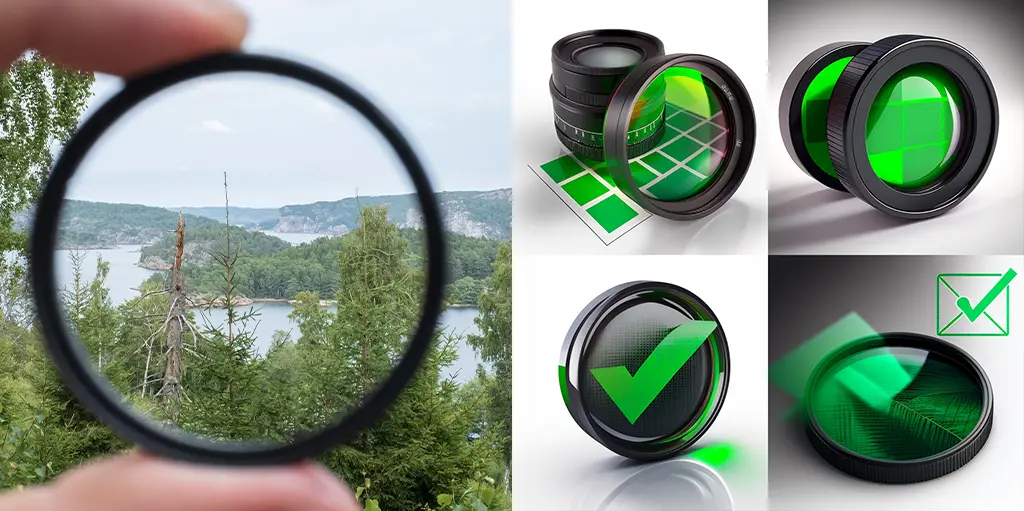
Let’s chat about the awesome benefits of using UV protection lens filters. Trust me, once you start using them, you’ll wonder how you ever lived without them. So, let’s dive into the fantastic perks of these handy little accessories:
More articles: Diffuser for Macro Photography: The Ultimate Guide
Improved image quality
- Say goodbye to haze and bluish cast: You know those hazy, foggy-looking photos you sometimes get when shooting outdoors? Well, UV filters are here to save the day! By blocking out that pesky UV light, they help reduce haze and get rid of that annoying bluish tint. This means you’ll capture more natural, true-to-life colors in your shots. Pretty cool, right?
- Boosted contrast and color saturation: And it gets even better! By reducing haze and eliminating the bluish cast, UV filters also work their magic to enhance the contrast and color saturation in your photos. This means your images will look more vibrant, dynamic, and simply stunning. Who wouldn’t want that?
Protection for camera lenses
- Your lens’s knight in shining armor: Camera lenses are expensive, and we all want to keep them safe, right? Well, UV filters are like a protective shield for your lenses. They guard against dust, dirt, and scratches, ensuring that your precious lenses stay in tip-top shape. Plus, they’re way more affordable than replacing a damaged lens, so it’s a no-brainer, really.
- Keep your lenses going strong: By providing that essential physical barrier, UV filters also help prolong the lifespan of your lenses. This means you can keep snapping amazing photos with your favorite lenses for longer, and who doesn’t want that?
So, there you have it! UV protection lens filters are not only your camera lens’s best friend, but they also help you achieve stunning, high-quality images. Give them a try, and you’ll see the difference for yourself.
More articles: Affordable Mirrorless Cameras for Video in 2023
How UV Protection Lens Filters Improve Product Photography
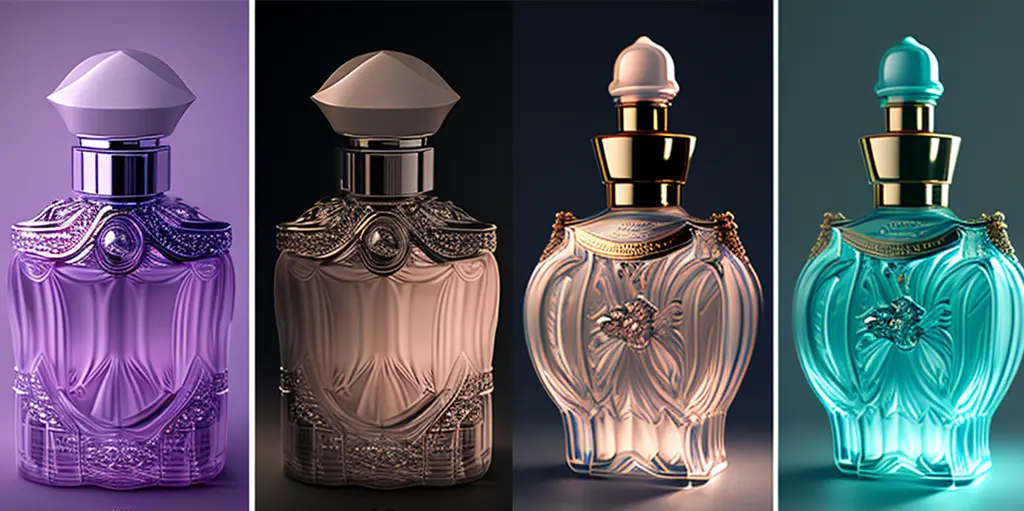
Alright, let’s dive into the importance of accurate colors and contrast in product photography and how UV filters can help you achieve better product images.
More articles: Creating the right shadow in Product Photography
Importance of accurate colors and contrast in product photography
In product photography, capturing accurate colors and contrast is crucial. Here’s why:
- Truthful representation: Potential customers rely on product images to make their purchasing decisions. By ensuring that your photos accurately represent the colors and contrast of the products, you build trust and credibility with your audience.
- Brand consistency: Companies spend a lot of time and effort in creating a brand identity, and color plays a significant role in that. Accurate colors in product photos help maintain brand consistency across different platforms and marketing materials.
- Image quality: High-quality product images with accurate colors and contrast are visually appealing and can grab the attention of potential customers, leading to increased engagement and sales.
Role of UV filters in achieving better product images
UV filters can play a significant role in improving your product photography by addressing some common issues:
- Reduced haze and bluish cast: UV filters help eliminate haze and the bluish cast caused by UV light, ensuring that the product images you capture have natural, true-to-life colors.
- Enhanced contrast and color saturation: By reducing haze and bluish cast, UV filters can also improve the overall contrast and color saturation in your product photos. This results in more vibrant and dynamic images that make the products stand out.
- Consistent lighting conditions: Product photography often involves shooting under various lighting conditions, including natural light. UV filters can help maintain consistent color balance and contrast across different lighting setups, making it easier to achieve professional-looking results.
Practical examples of improved product photography with UV filters
- Outdoor product shoots: When shooting products outdoors, you may encounter the effects of UV radiation, such as haze and bluish cast. Using a UV filter can help minimize these issues, resulting in clearer and more color-accurate images.
- Glass or reflective products: UV filters can be especially useful when photographing glass or reflective products, as they can help reduce the bluish cast that may be more prominent in such materials.
- Jewelry photography: Capturing the intricate details and accurate colors of precious metals and gemstones is essential in jewelry photography. UV filters can help enhance contrast and color saturation, making the jewelry appear more vibrant and appealing.
Accurate colors and contrast are essential in product photography, and UV filters can play a significant role in achieving better results. By reducing haze, eliminating bluish cast, and enhancing contrast and color saturation, UV filters help create professional and visually appealing product images that can boost your sales and brand reputation.
More articles: Action Camera Microphone Attachment in 2023- Best Options Available
Choosing the Right UV Protection Lens Filter for Your Camera

When selecting a UV protection lens filter for your camera, there are several factors to keep in mind to ensure you pick the best one for your needs:
- Filter size: The first thing you need to know is the filter size that matches your lens. Filter sizes are usually indicated in millimeters (e.g., 52mm, 77mm) and can often be found on the inside of your lens cap or the front of your lens. Be sure to choose a UV filter that corresponds to your lens’s filter thread size, ensuring a perfect fit.
- Filter materials and coatings: The materials and coatings used in UV filters can impact their performance and durability. Look for filters made of high-quality optical glass, which can provide better light transmission and reduced reflections. Multi-coated filters are also a great choice, as they can minimize flare and ghosting while providing better protection against scratches and other damages.
- Brands and price ranges: There are various brands and price ranges to choose from when it comes to UV filters. While you may be tempted to go for a cheaper option, remember that investing in a good-quality filter from a reputable brand can make a significant difference in your image quality and lens protection. Some popular and trusted brands include B+W, Hoya, Tiffen, and Heliopan. Consider your budget, but don’t compromise on quality.
Recommendations for specific camera models and lenses
While the factors mentioned above apply to all camera models and lenses, here are a few recommendations based on popular camera brands and their lenses:
- Canon: For Canon EF and EF-S lenses, B+W’s XS-Pro Digital MRC Nano filters and Hoya’s HD3 UV filters are highly recommended. These filters offer excellent performance and durability, making them a perfect match for your Canon lenses.
- Nikon: Nikon’s Nikkor lenses pair well with the Hoya EVO Antistatic UV filters or the Tiffen Digital HT Multi-Coated UV filters. These options provide outstanding clarity, color fidelity, and protection for your Nikon glass.
- Sony: Sony E-mount and FE-mount lenses can benefit from the Heliopan UV SH-PMC filters or the B+W XS-Pro Digital MRC Nano filters. These filters offer top-notch UV protection and image quality, making them an excellent choice for your Sony lenses.
- Fujifilm: For Fujifilm’s X-mount lenses, consider the Hoya HD3 UV filters or the Tiffen Digital HT Multi-Coated UV filters. Both options provide excellent UV protection and image enhancement, ensuring your Fujifilm lenses deliver their best performance.
These recommendations are not exhaustive, but they can serve as a starting point for selecting the right UV protection lens filter for your camera and lenses. Always remember to consider the filter size, materials, coatings, and your budget when making your choice.
More articles: 7 Best 3 Point Slingers for Cameras in 2023: A Comprehensive Guide
Tips for Using UV Protection Lens Filters
When to use and when not to use UV filters
When to use UV filters:
- Outdoor photography: UV filters are most beneficial when shooting outdoors, where UV radiation is more likely to affect your images.
- In harsh environments: Use a UV filter to protect your lens from dust, dirt, sand, or moisture when shooting in challenging conditions.
- Film photography: Since film is more sensitive to UV light than digital sensors, it’s advisable to use a UV filter when shooting with a film camera to maintain image quality.
More articles: How to get verified on Instagram in 2023
When not to use UV filters:
- Low light situations: In low light or indoor photography, UV radiation is less of a concern, and using a UV filter might not make a significant difference in image quality.
- With other filters: If you’re using other filters like polarizers or neutral density filters, adding a UV filter may cause vignetting or other unwanted effects.
- High-quality lenses with built-in UV protection: Some modern lenses come with built-in UV protection coatings, making the use of an additional UV filter unnecessary.
Proper maintenance and care for your filters
- Cleaning: Regularly clean your UV filters with a microfiber cloth or a specialized lens cleaning solution to remove dust, fingerprints, or smudges. Avoid using regular tissue or paper towels, as they may scratch the filter’s surface.
- Storage: When not in use, store your filters in a protective case to prevent damage. Some filters come with their own storage cases, or you can purchase one separately.
- Handling: Always handle your filters with care. When attaching or removing a filter, hold it by the edges to avoid fingerprints or smudges on the glass surface.
Troubleshooting common issues with UV filters
- Vignetting: If you notice dark corners in your images, it might be due to vignetting caused by your UV filter. To resolve this issue, try using a slim profile filter, which is designed to minimize vignetting, or remove any additional filters you may be using simultaneously.
- Flare and ghosting: If you see flare or ghosting in your images, it might be caused by reflections within the filter. To fix this problem, ensure that your UV filter is clean and free of smudges or dust. You might also consider upgrading to a multi-coated filter, which reduces reflections and flare.
- Difficulty removing the filter: If your UV filter becomes stuck on your lens, try using a rubber band or a filter wrench to gently grip the filter’s edge and turn it counterclockwise to remove it. Be careful not to apply excessive force, as it may damage the filter or lens.
By following these tips for using and maintaining your UV protection lens filters, you can enjoy their benefits and protect your camera lenses while capturing stunning, high-quality images.
More articles: How to open a shop on Etsy – Our guide
Conclusion
Recap of the importance and benefits of UV protection lens filters
UV protection lens filters play a crucial role in enhancing your photography by improving image quality and protecting your camera lenses. They help counteract the adverse effects of UV radiation by reducing haze, eliminating the bluish cast, and enhancing contrast and color saturation. Additionally, UV filters serve as a physical barrier, safeguarding your lenses against dust, dirt, and scratches, thus prolonging their lifespan.
Encouragement to experiment with filters and improve photography skills
As a photographer, experimenting with different filters, including UV protection lens filters, can open up new creative possibilities and help you hone your skills. Don’t hesitate to explore various filter options and see how they can enhance your photography. Remember, practice makes perfect, so keep shooting and discovering new ways to improve your images.
More articles: How to Write an Amazon Product Descriptions that customers can’t ignore!
FAQs
It depends on the type of photography you’re doing, but in general, it’s wise to use one as it can help protect your camera lenses from dust, dirt, and scratches and improve image quality.
The best brands for UV protection lens filters vary according to price point and desired features. Some popular options include Hoya, B+W, Tiffen, and Heliopan.
he best way to clean your filter is with a microfiber cloth or specialized lens cleaning solution. Avoid using regular paper towels or tissues as they may scratch the filter’s surface.
If your UV filter becomes stuck on your lens, try using a rubber band or a filter wrench to gently grip the filter’s edge and turn it counterclockwise to remove it. Be careful not to apply excessive force, as it may damage the filter or lens.
It depends on the type of photography you’re doing and whether or not you’re shooting in harsh light conditions. In general, it’s wise to use a UV filter as it can help protect your camera lenses from dust, dirt, and scratches and improve image quality. However, if you are shooting indoors or at night, there is no need for a filter as the sun’s rays
UV filters provide both benefits and drawbacks, so it ultimately depends on your individual needs. While they can improve image quality and protect your lenses, they may also cause vignetting or ghosting in certain situations. Consider experimenting with different UV filter options to find the best solution for you.
if you’re looking to increase your online conversion but still feel you are not sure where to start – check out these resources below:







